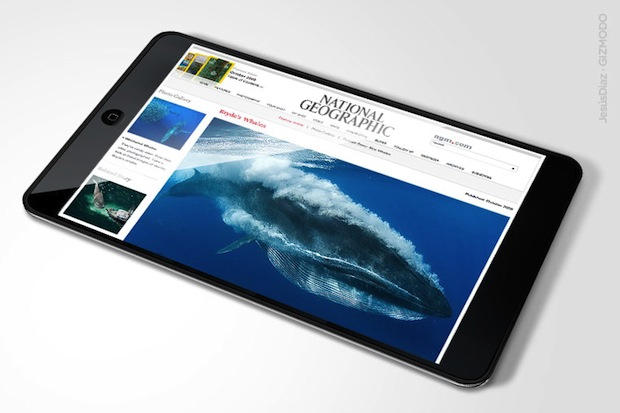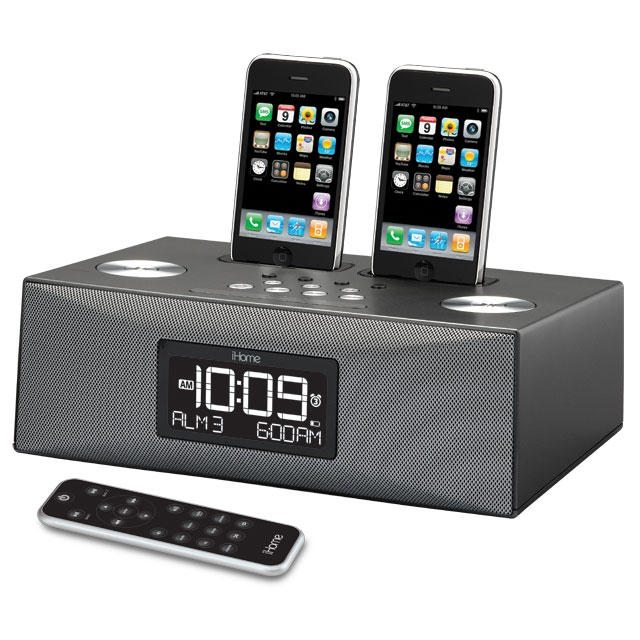As Brian Lam on Gizmodo today says about Apple “redefining print” for its upcoming tablet, it’s all about the content.
If Apple has learned anything from the iPod, it’s that a modern consumer electronic device is a three-legged stool: hardware, software, and media that fills it.
Apple doesn’t want to launch a tablet without media to consume on it. This is the mistake Apple made with the Apple TV: It’s a great piece of hardware and software, but the content isn’t there yet (especially the paucity of Hollywood movies).
So Steve has set out to persuade publishing houses, magazine companies and textbook publishers to make interactive books and magazines that make sense on an interactive, multitouch device. Here’s the key paragraph from Lam’s story:
“Some I’ve talked to believe the initial content will be mere translations of text to tablet form. But while the idea of print on the Tablet is enticing, it’s nothing the Kindle or any E-Ink device couldn’t do. The eventual goal is to have publishers create hybridized content that draws from audio, video and interactive graphics in books, magazines and newspapers, where paper layouts would be static. And with release dates for Microsoft’s Courier set to be quite far away and Kindle stuck with relatively static E-Ink, it appears that Apple is moving towards a pole position in distribution of this next-generation print content. First, it’ll get its feet wet with more basic repurposing of the stuff found on dead trees today.”
But what might this “hybrid content” look like?
One clue comes from Enhanced Editions, a U.K. startup founded by former-book industry executives that seeks to marry technology with traditional print publishing. “We have long-since seen the destiny of the latter bound to its embrace of the former,” the company says.





























